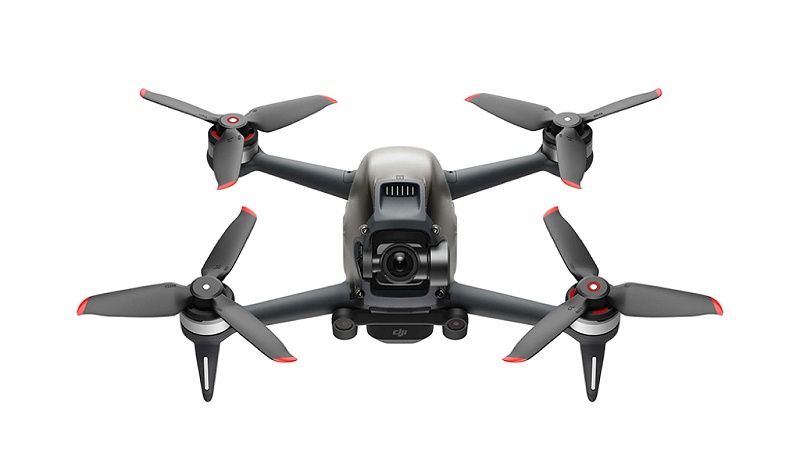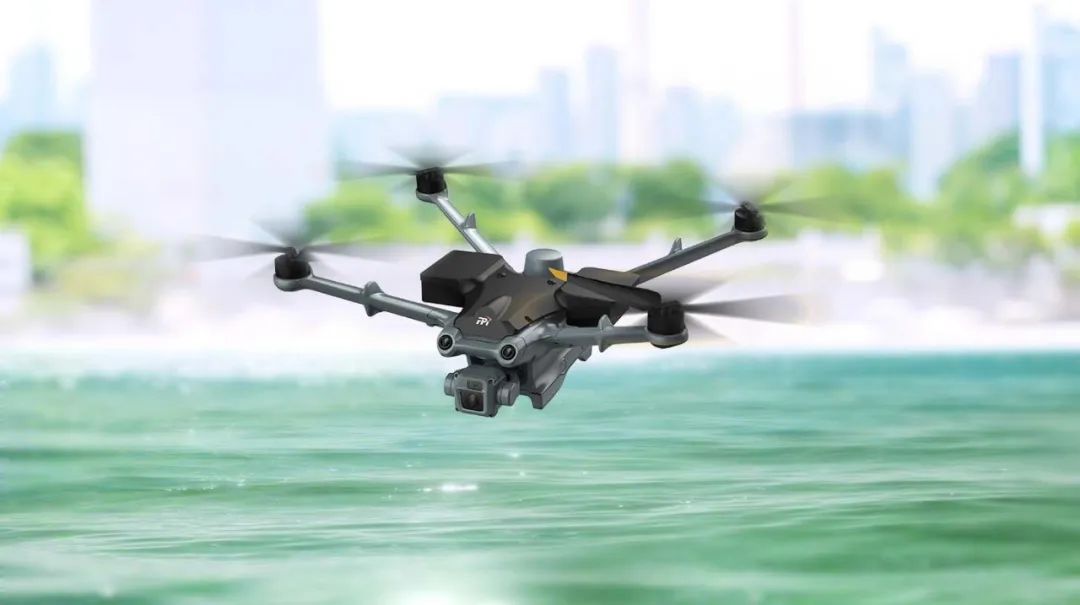The advent of photography drones has revolutionized the way we capture the world, offering perspectives never before imagined. These fascinating gadgets have opened doors to new opportunities in photography, allowing enthusiasts and professionals alike to explore new terrains from the sky. But what makes the photography drone a powerful tool in capturing captivating aerial shots?
Aerial Photography: The Drone Advantage
Photography drones offer a bird’s-eye view that was previously reserved for helicopters or ultralight aircraft, providing access to angles that ground-based cameras simply cannot achieve. Both versatility and high-quality imaging capabilities make drones a preferred choice for capturing landscapes, urban architecture, and even wildlife.
The drones equipped with advanced stabilization technology and high-resolution cameras can capture stunning, crystal-clear images with precision.
Moreover, the agility and mobility of photography drones enable effortless transitions between wide-angle scenics and intricate details, enhancing the storytelling capability of each photograph. This makes drones indispensable not just for landscape photographers but also for filmmakers and content creators aiming for a professional touch in their visuals.
Understanding Drone Technology and Its Impact
In recent years, drone technology has evolved rapidly, packing features that optimize photography. Enhanced imaging sensors offer better resolution and color fidelity, while advanced flight modes, such as autonomous tracking, provide creative freedom and precision. With GPS and obstacle avoidance systems, even beginners can navigate drones safely, emphasizing aerial photography’s accessibility.
The Essentials for Successful Aerial Shots
- Choosing the Right Drone:The drone should fit your budget while offering desirable features like camera quality, range, and battery life.
- Understanding Regulations: Ensure you’re aware of local regulations regarding drone flights to avoid legal repercussions.
- Mastering Drone Controls: Familiarizing yourself with controls can ensure smoother flights and better shots.

Each of these elements plays a crucial role in ensuring that your aerial photography journey results in captivating and visually appealing shots.
Enhancing Creativity Through Drone Photography
Drones are not merely tools but also catalysts for creativity. Their ability to explore spaces above ground provides photographers with unlimited composition possibilities. The device’s maneuverability enables innovative framing techniques, creating perspectives that evoke emotion and awe.
- Experiment with different altitudes for varied perspectives.
- Utilize drone capabilities like panoramic shots and hyperlapse photography.
- Combine aerial shots with ground-based footage for dynamic narratives.

Challenges and Solutions in Drone Photography
While drones provide numerous advantages in photography, they also present challenges such as battery life limitations and weather sensitivity. Photographers must plan their shoots meticulously, taking into account weather conditions, location suitability, and optimal timing for lighting.
Battery management is crucial; carrying spare batteries can save both time and prevent abrupt interruptions during breathtaking captures. Experiencing weather variability, users can use protective cases or temporary shelters to safeguard equipment under adverse conditions.
FAQs About Photography Drone
Q: What is the best drone for photography beginners?
A: Some beginner-friendly options include the DJI Mini 2 and the Parrot Anafi, both of which offer excellent camera features and intuitive controls.
Q: Do I need a license to fly a photography drone?
A: Yes, many countries require registration and permit for drones used professionally; check local regulations for hobbyist drone operation rules.
Q: Can drones capture video footage?
A: Absolutely, most photography drones come equipped with video capabilities, offering resolutions from HD to 4K for stunning cinematic captures.